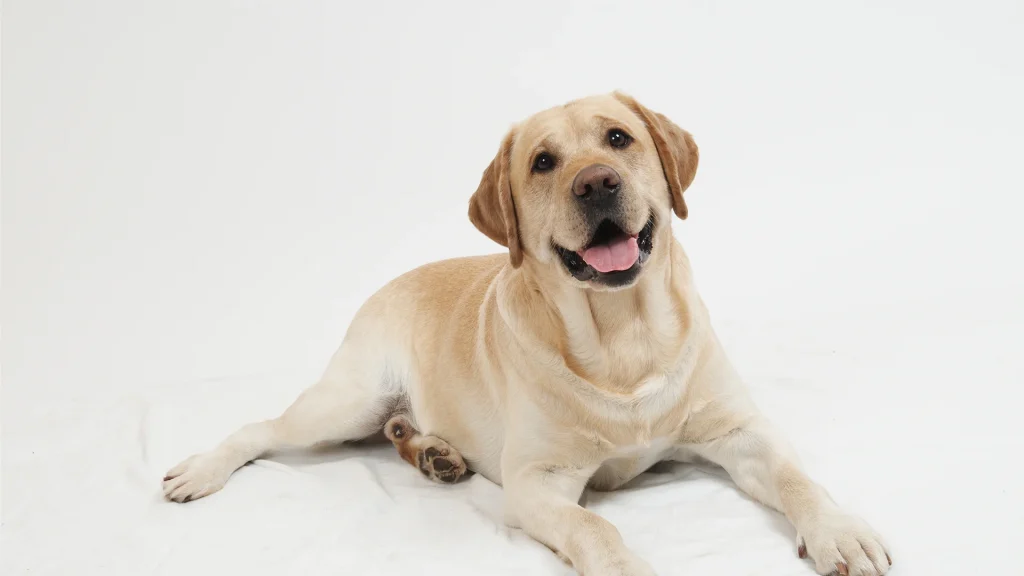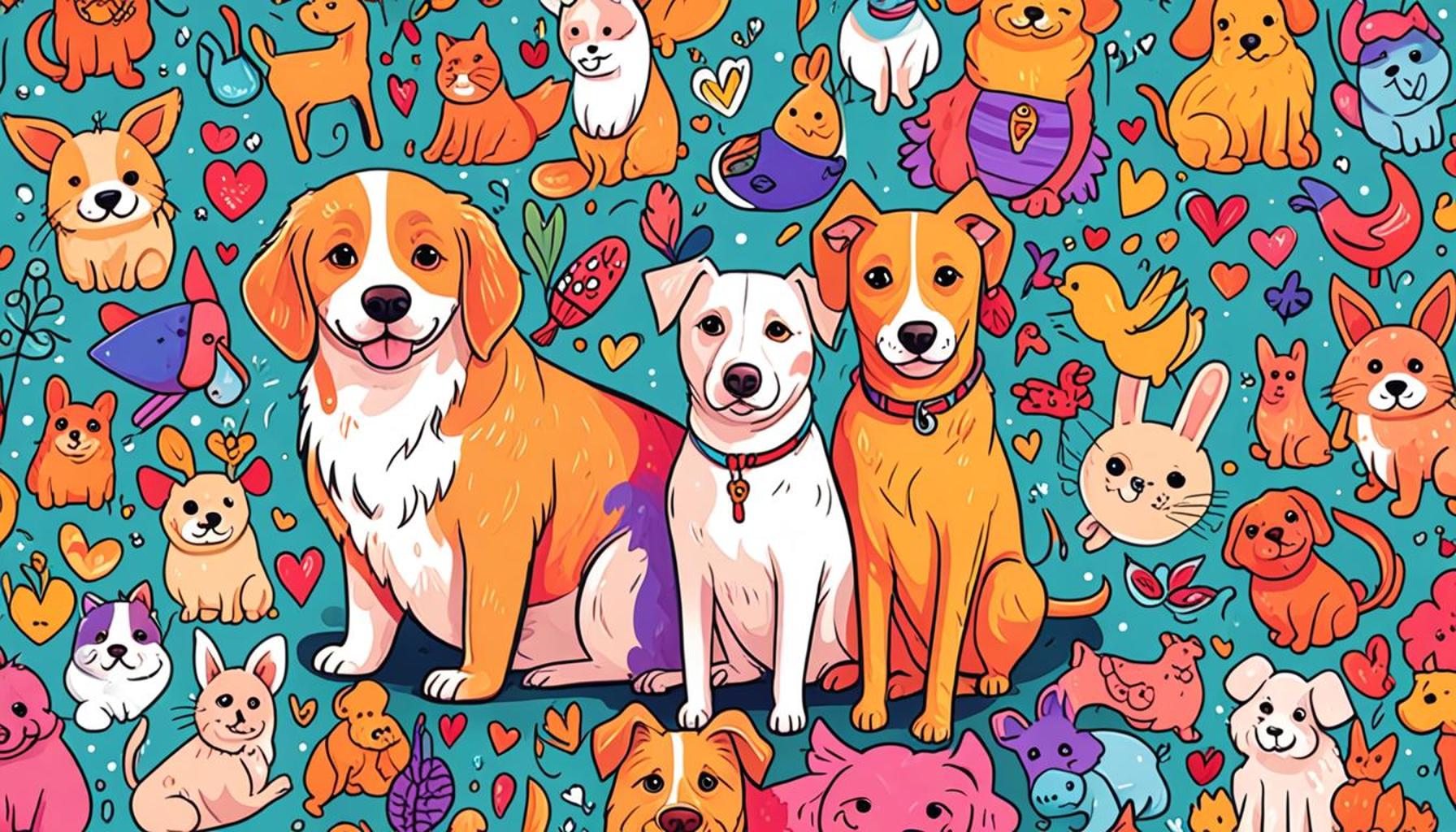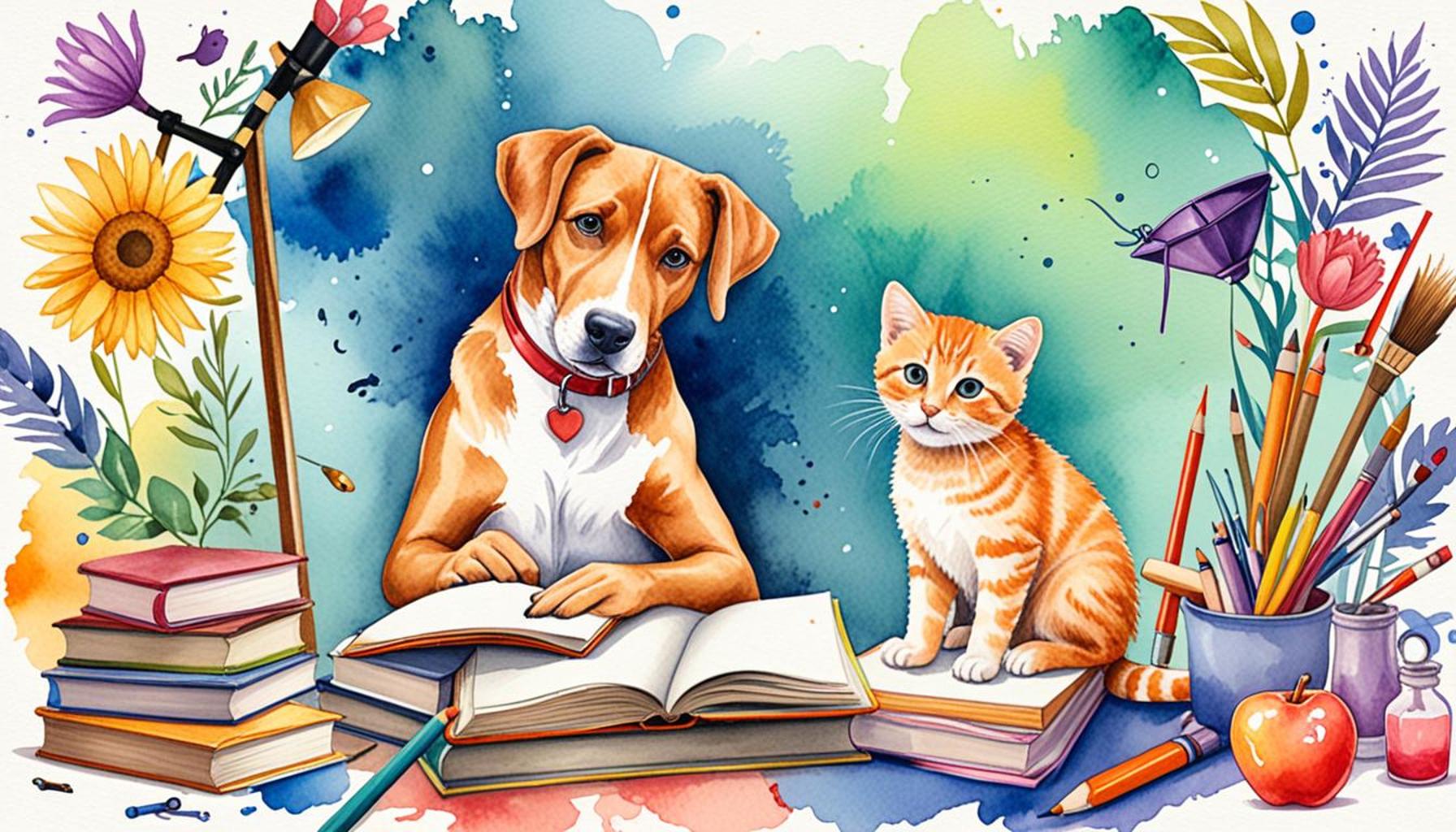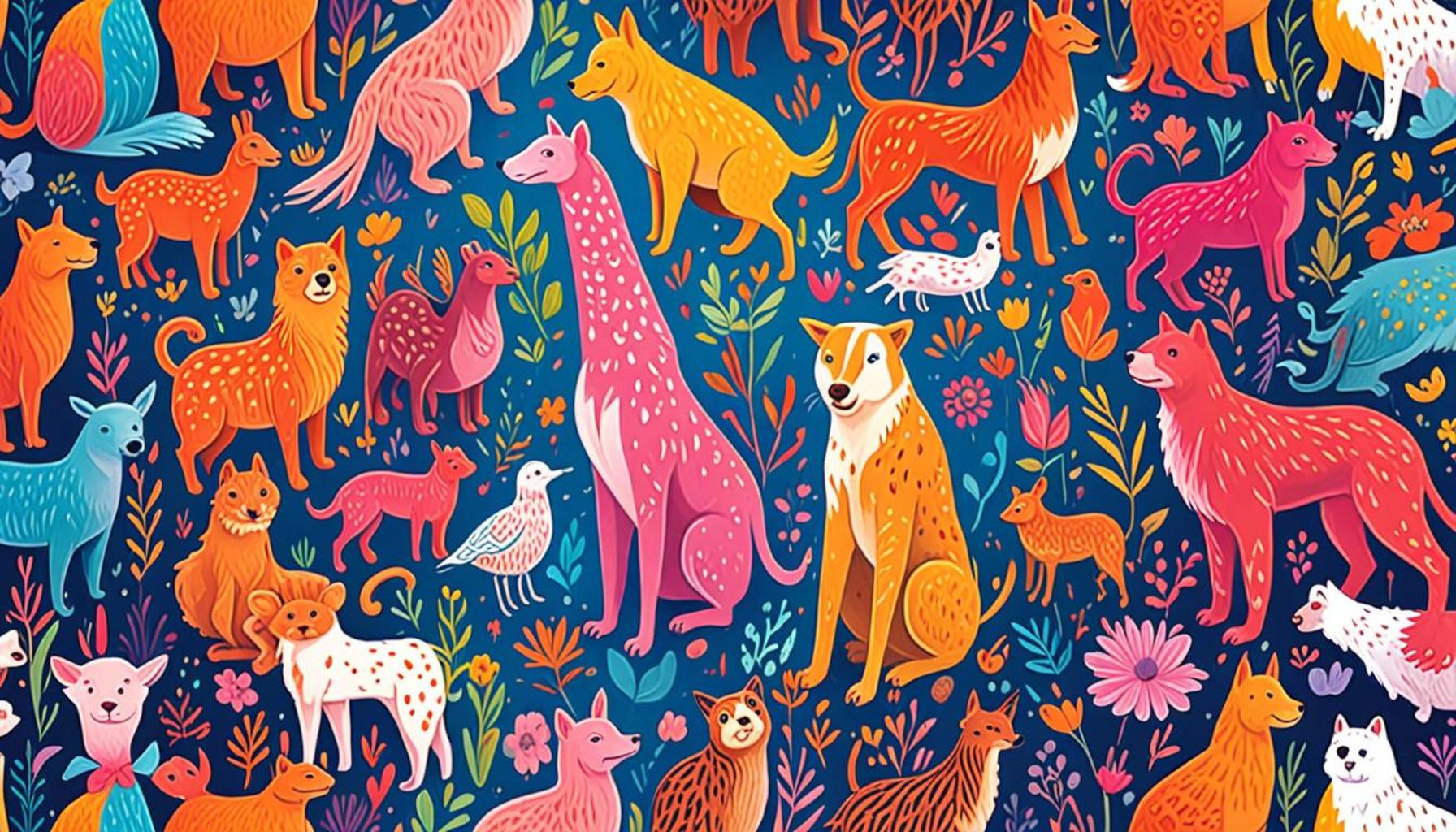The Evolution of the Concept of Companion Animals Throughout History

The Evolution of Companion Animals in Human Society
The journey of companion animals stretches across history, carving a unique space alongside humans. This bond, which initially emerged out of necessity for labor and protection, has gradually flourished into one defined by emotional connection and companionship.
Historically, companion animals such as dogs, cats, and even birds were primarily valued for their practical uses—herding livestock, guarding homes, or assisting in hunting. For instance, ancient Egyptians revered cats not only for their ability to control pests but also for their spiritual symbolism, placing them alongside humans in burials. This reverence for animals is part of cultural perspectives that have evolved globally, leading to varying beliefs regarding the roles that animals play in our lives.
Over time, social changes have dramatically shifted the human-animal relationship. The Industrial Revolution catalyzed urbanization in America, pushing families into cities where companionship became crucial amidst rapid societal changes. As more people left behind traditional agrarian lifestyles, animals transformed from mere workers into beloved companions. Furthermore, post-World War II America saw an explosion in pet ownership, as returning soldiers sought connection in a rapidly changing world, amplifying the notion of animals as essential family members rather than mere possessions.
The influence of scientific developments has further redefined our understanding of animals. Research into animal behavior and psychology has revealed the complexity of animal emotions and the depth of their social structures. Insights into how animals form attachments and experience grief have made it increasingly clear that companion animals provide not just utility but emotional support, prompting many to categorize animals as family.
Today, in the United States, approximately 70% of households own a pet, reflecting a striking societal shift where the bond with animals is celebrated as integral to family life. The emergence of the pet parent phenomenon illustrates this transition, as pet owners often prioritize their animals’ well-being with dedicated resources, fancy pet products, and even therapy animals designed to aid in emotional healing.

As we delve deeper into this captivating narrative, we will uncover pivotal moments and societal influences that have forged our relationship with companion animals. From the revered status of hunting dogs in ancient cultures to the modern perspective of pets as emotional anchors, this exploration reveals how our four-legged friends have evolved from working partners to cherished family members, significant contributors to our emotional and social fabric.
DISCOVER MORE: Click here to learn about how early socialization impacts dog behavior
From Tools to Family: The Transformation of Companion Animals
The rich tapestry of the human-animal relationship has ebbed and flowed through the ages, intricately weaving companion animals into the essence of human society. Initially, these beings were regarded as tools—beneficial entities aligned with agricultural and survival needs. However, as human civilization progressed, so too did the perception of these animals; they gradually morphed from mere workers to cherished companions.
In ancient times, animals were carefully selected based on their utility. For example, the ancient Mesopotamians domesticated dogs not only for companionship but primarily for their roles in hunting and protective duties. Similarly, the bond between humans and cats can be traced back over 9,000 years, predominantly cherished for their pest control skills. Historical records indicate that the Egyptians elevated cats to a divine status, illustrating a significant moment in history when animals began to be seen not purely as functional beings but as entities deserving of respect and care.
This early reverence marked the beginning of a complex relationship; as cultures evolved, attitudes towards animals shifted. The Middle Ages in Europe saw a regression in sentiments towards pets, with a revival of practical roles for animals, mainly due to societal instability. Animals like hunting dogs and falcons were valued for their services, reflecting a culture steeped in feudalism where animals were integrated into the hierarchy of labor.
The Rise of Companion Animals in the Modern Age
However, the most notable transformation in the concept of companion animals occurred during the Industrial Revolution in the 18th and 19th centuries. With urbanization driving individuals into cities, the need for emotional connection surged as families grappled with new lifestyles and community disintegration. The rise of the middle class allowed the concept of pet ownership to flourish, as animals began to fill the emotional void left by the bustling urban environment. This shift laid the groundwork for a new societal view that celebrated animals as family members rather than mere property.
During the Victorian era, the bond between humans and their pets solidified. The practice of keeping pets became fashionable; animals were not only pampered but also adorned in clothing, receiving social recognition. This change in perspective highlighted an important aspect in the evolution of companion animals: they began to serve a role that transcended practical benefits, providing companionship that significantly contributed to human happiness and well-being.
Key Factors Driving Change
Several pivotal factors played a vital role in transforming animals into the beloved companions we know today. Some of these include:
- Economic Developments: As economies shifted towards service and technology, the need for working animals decreased, opening avenues for companionship.
- Cultural Shifts: The rise of media showcasing the bond between pets and owners has shifted public perception, further romanticizing the notion of pets as family.
- Scientific Research: Greater understanding of animal behavior and emotional capacity has nurtured empathy and respect for companion animals.
In today’s society, the connection with companion animals is celebrated in numerous forms, from social media accounts dedicated to pets to innovative industries surrounding pet care and well-being. As we continue our exploration, we will uncover the intricate developments that shaped this profound bond—a journey from utilitarian roles to vital family ties, highlighting the enduring importance of companion animals in human lives.
| Category 1 | Category 2 |
|---|---|
| Historical Roles of Companion Animals | From protectors to healers, the diverse functions of companions throughout the ages. |
| Community and Social Connectivity | Beyond companionship, pets foster social bonds and community engagement. |
Throughout history, the roles of companion animals have transformed significantly. In ancient times, animals such as dogs and cats were primarily valued for their practical contributions, such as hunting and pest control. The link between humans and these animals developed deeper due to their loyal behaviors and the emotional bonds formed over time. During the Middle Ages, the concept of pets shifted as they became symbols of status and luxury among nobility. This trend saw the rise of various breeds, particularly in domestic dogs, as companions who represented wealth.Furthermore, the concept of companion animals evolved into a more emotional paradigm in the 19th century, coinciding with the rise of the human-animal bond movement. Pets were recognized not only for their utility but also for their ability to provide emotional support. This distinction laid the groundwork for the modern understanding of pets as family members, highlighting their roles in mental wellness and social connectivity. Today, research confirms that animals contribute to reduced stress and enhanced happiness, making them invaluable in today’s fast-paced world. These underlying shifts in the roles of companion animals underscore the significant impact they have in our lives, further prompting society to explore how relationships with these creatures can be enriched and nurtured, paving the way for an even deeper understanding of the human-animal connection.
DISCOVER MORE: Click here to learn about essential vaccination care
The Emotional Bond: Understanding the Human-Animal Connection
As we delve deeper into the evolution of companion animals, it becomes evident that the emotional bond forged between humans and animals plays a crucial role in our understanding of their significance in society. This relationship has transcended mere physical companionship into a profound connection that enriches our emotional landscapes. The recognition of animals as beings capable of empathy, affection, and communication has revolutionized how we interact with and care for them.
Throughout the 20th century, various psychological studies began to highlight the therapeutic benefits of pet ownership. Research from institutions like the American Psychological Association underscored how pets can alleviate feelings of loneliness, reduce anxiety, and even lower blood pressure. The emergence of the notion that companion animals can act as emotional support systems changed the landscape of mental health treatment. With the rise of therapy animals and emotional support pets, the role of animals in human lives transitioned from purely companionship to an integral part of psychological well-being.
The Rise of Pet Cultures in Contemporary Society
The post-World War II era catalyzed significant changes in the lives of companion animals. Economic prosperity led to the suburbanization of America, where families sought the comfort of homes complete with lawns and pets. This period heralded the beginning of pet consumerism, where expenditures on pet food, clothing, accessories, and even specialized healthcare saw an exponential rise. Today, it is not unusual for Americans to consider their pets as family members, with many households investing in [pet insurance](https://www.iii.org) and creating budgets dedicated directly to animal welfare.
Within this context, the establishment of organizations such as the American Kennel Club (AKC) in 1884 and the rise of various pet shows and competitions have also fueled the cultural phenomenon of pet ownership. These events not only celebrate animal breeds but also reflect society’s growing appreciation for the aesthetics and traits of companion animals. People began to see their pets as expressions of individuality and identity, thus enhancing the human-animal bond further.
The Impact of Social Media and Marketing
Moreover, the rise of social media has revolutionized how people interact with their pets and perceive companion animals. Platforms like Instagram and TikTok have given rise to popular pet influencers, wherein animals gain celebrity status and followers in the masses. This visibility has transformed the public’s relationship with animals, creating communities that share stories, experiences, and tips related to pet care and training. The viral nature of pet content has not only engaged pet owners but has also attracted attention from marketers, leading to a surge in the pet industry across various sectors, from health products to luxury services.
Furthermore, the concept of animal welfare has gained momentum, with numerous advocates working tirelessly to improve the living conditions of stray and abused animals. Organizations dedicated to rescue and rehabilitation reflect a society increasingly attuned to the rights and well-being of companion animals. This focus has, in turn, led to legislative changes aimed at improving animal welfare standards nationwide.
The evolution of companion animals—now perceived as trusted friends, family members, and vital emotional support—marks an incredible journey of transformation. Understanding this evolution means recognizing not only the historical shifts in the human-animal relationship but also acknowledging the current frameworks that define our interactions with these cherished creatures. As we explore further, let us observe how this bond continues to adapt and play a role in our ever-changing world.
DIVE DEEPER: Click here to discover the benefits of clicker training
Conclusion: A Journey Through Time and Connection
In conclusion, the evolution of the concept of companion animals reflects a rich tapestry woven through history, culture, and emotional connection. From their early roles as practical assets for hunting and protection to their current status as cherished family members and crucial components of mental well-being, animals have profoundly influenced human lives. The paradigm shift towards recognizing animals as emotional beings with unique needs and personalities has redefined how we approach pet ownership and care.
The impact of social and technological changes cannot be understated. The rise of social media has not only popularized the phenomenon of “pet influencers” but has also fostered communities that prioritize animal welfare and advocacy. The increasing awareness around animal rights and welfare reflects a society that is evolving to be more compassionate and empathetic. As we consider the modern distinctions of pet ownership, areas such as pet insurance, specialized healthcare, and even pet-friendly legislation underline our commitment to ensuring the health and happiness of our companion animals.
As we move forward, it is vital to continue this momentum—to advocate for better treatment of all animals and to understand their roles in our lives as partners, therapeutic companions, and family members. The enduring and evolving relationship we share with companion animals invites us to explore deeper connections, embrace the journey of coexistence, and acknowledge the invaluable impact these beings have on our emotional and social landscapes. Let us remain curious and proactive in enhancing this bond, ensuring that both humans and animals benefit from the mutual love and respect that continues to define this remarkable relationship.


